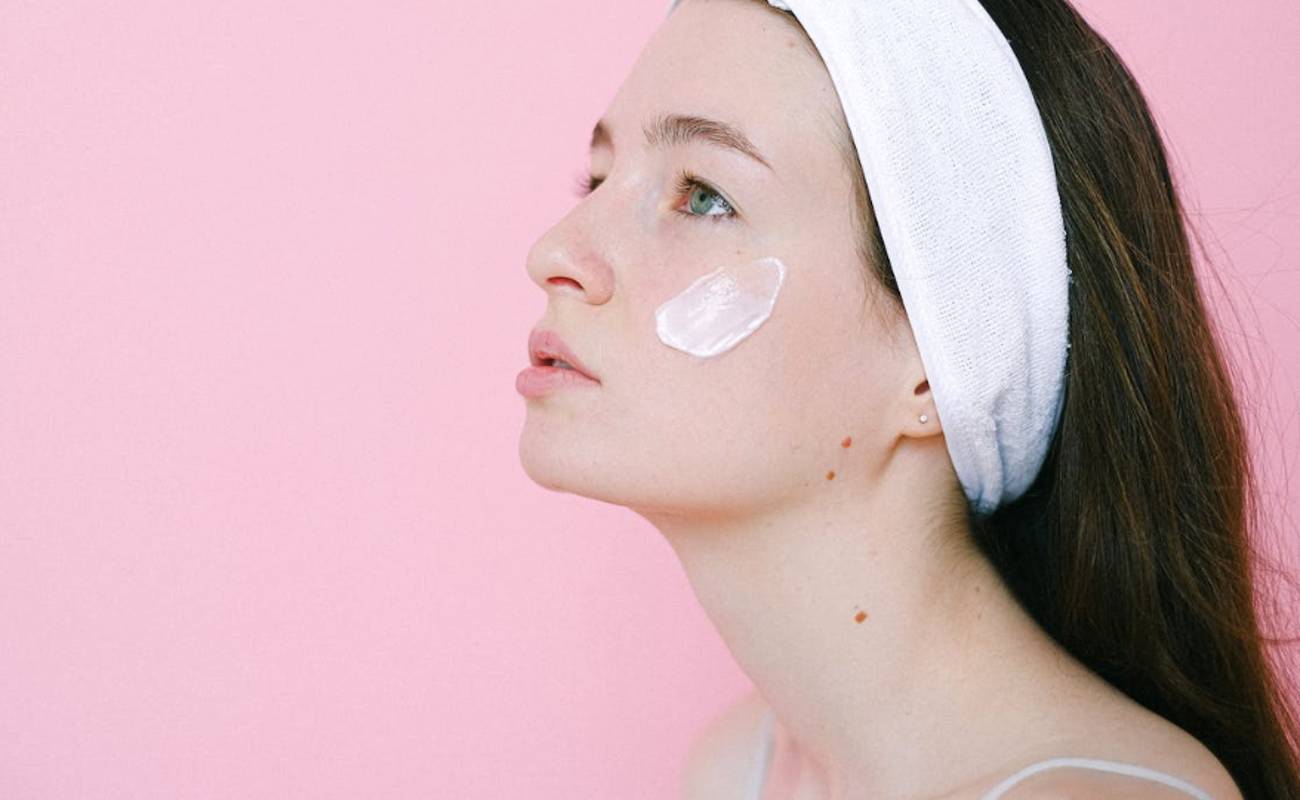Stabilizing the Perfect Blend: Overcoming Challenges in Cosmetic Emulsion Formulation and Evaluation
Cosmetic emulsion formulation is a complex process that involves the combination of various ingredients to create a stable, effective and safe product. An emulsion is a type of cosmetic preparation that contains both oil and water phases, which are blended together to create a homogenous mixture. However, the stability of cosmetic emulsions can be a major challenge, as it can be affected by various factors such as temperature, pH, ingredient compatibility and storage conditions.
One of the main challenges in cosmetic emulsion formulation is the risk of separation of the oil and water phases. This can lead to an unappealing appearance, reduced efficacy and even bacterial growth. In order to maintain the stability of the emulsion, the correct balance between the oil and water phases must be achieved, along with the correct choice of emulsifiers and stabilizers.
The stability of cosmetic emulsions can be evaluated through various methods such as visual inspection, centrifugation, and rheology. Visual inspection involves observing the appearance of the emulsion for signs of separation, such as oil droplets or a milky appearance. Centrifugation involves spinning the emulsion at high speeds to separate the oil and water phases, and the stability can be evaluated based on the extent of separation. Rheology involves measuring the viscosity and flow properties of the emulsion, and changes in these properties can indicate instability.
Predicting the stability of cosmetic emulsions can also be challenging, as the stability of an emulsion can be affected by a multitude of factors such as temperature, pH, ingredient compatibility, and storage conditions. However, mathematical models can be used to predict the stability of cosmetic emulsions, and these models can be used to evaluate the effect of various factors on the stability of the emulsion.
In order to solve the stability challenges of cosmetic emulsions, various methods can be employed, such as the optimization of the oil-to-water ratio, the selection of appropriate emulsifiers and stabilizers, and the optimization of the manufacturing process. The use of antioxidants and preservatives can also help to prevent the degradation of the emulsion and reduce the risk of bacterial growth.
In conclusion, cosmetic emulsion formulation is a complex process that involves various challenges, including the stability of the emulsion. However, through the evaluation, prediction, and solving of stability challenges, cosmetic emulsions can be successfully formulated to provide a safe, effective, and stable product. The use of mathematical models, appropriate ingredients, and optimal manufacturing processes can help to ensure the stability of cosmetic emulsions and provide consumers with high-quality products.
What to improve the formulations and take it to next level. Don't miss this expert recommended online training

